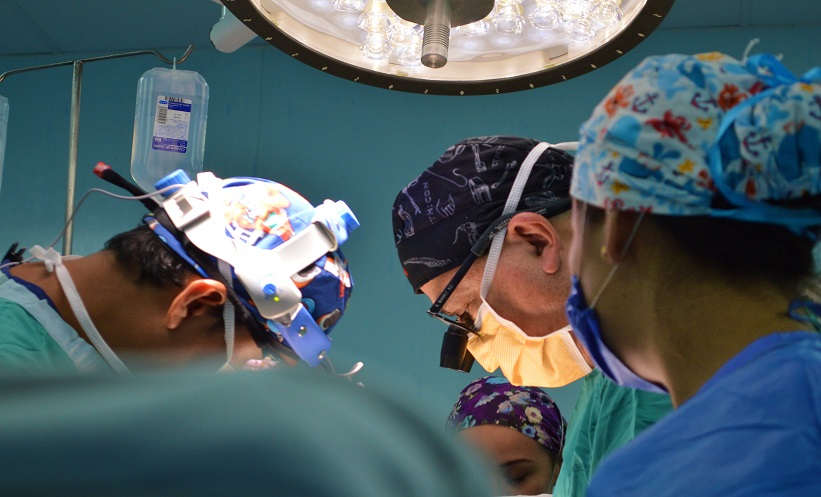ALTHOUGH conversions from partial to radical nephrectomy are uncommon, certain preoperative and patient characteristics can increase the likelihood of an unplanned transition. Despite this, reports on the subject are scarce. For this reason, a new study by Matvey Tsivian, Department of Urology, Wake Forest Baptist Health, Winston-Salem, North Carolina, USA, and colleagues analysed conversions from partial to radical nephrectomy in a contemporary, single-institutional experience.
Individuals who underwent converted (cases) and completed (controls) partial nephrectomy between 2000 and 2015 were matched 1:1 by tumour size, year of surgery, and surgical approach. Perioperative imaging was reviewed and radius, exophytic/endophytic properties, nearness to collecting system or sinus, anterior/posterior, and location relative to polar lines (RENAL) nephrectomy scores were calculated.
Overall, conversion rates decreased from 13% in 2000–2003 to 4% in 2012–2015. The most cited reasons for conversion were concern for upstaging (44%), insufficient remaining viable renal parenchyma (27%), and positive surgical margins (11%).
On multivariable analysis, posterior, middle, and hilar tumour locations were associated with a 2.8-, 6.4-, and 5.6-fold increased odds of conversion, respectively. Although these features did not contribute to the overall RENAL nephrectomy score, the researchers wrote that they “should be preferentially considered when evaluating the risk of conversion.” Furthermore, male sex was associated with a 2.3-fold increased odds of conversion. In accordance with previous investigations, each increment in Charlson score significantly increased the odds of conversion by 1.3-fold.
In an accompanying editorial, John Roger Bell and Jason Bylund, University of Kentucky College of Medicine, Lexington, USA, commented: “This study is the largest cohort to identify specific patient and tumor factors that may affect the risk of conversion from partial nephrectomy to radical nephrectomy.” Going forward, these findings might help to revise renal tumour scoring systems and assist urologists in surgical planning as well as patient counselling.








